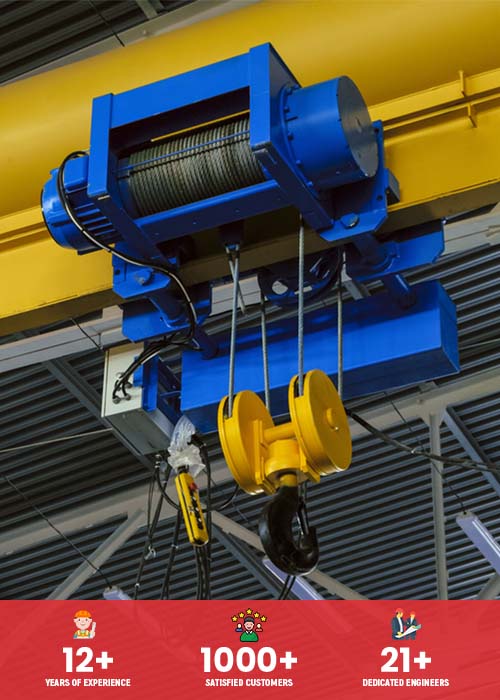An Easy Guide To Overhead Cranes
An overhead crane can make all the difference when you are facing an issue with space. All your heavier stuff is carried and dropped off at the desired position. The cranes are efficient to be used along both horizontal and vertical positions of a building. The overhead crane manufacturer in ahmedabad develop several different types of cranes specifically for top industries to serve their particular needs.
The other types of cranes available for industrial use gantry cranes and jib cranes. All the cranes have separate functions, and today, we will summarize some essential things you must know about overhead cranes.
Classification of overhead cranes
The overhead cranes can be classified into six types depending on the stats and capacity per hour.
- The first one is the standby, or Infrequent service is primarily used for installation and maintenance work. When there is a need for material handling devices that work slowly, these cranes come handy.
- The second type is light service cranes that help in handling light materials.
- The third and fourth types of cranes are moderate service and heavy service cranes. Most of the metal processing industries use these types of cranes.
- The fifth type is severe service crane which is also used in a number of material handling industries. These cranes can handle about 50% of the rated capacity on an average.
- The top riding bridge and gantry type, traveling cranes, electric overhead, and multiple girder cranes belong to the sixth type which is continuous severe service. In the majority of their working life, they can handle loads nearly equal to the specified load.
Safety measures to follow
The first and most important thing to keep in mind while operating an overhead crane is to prevent the load from coming over someone’s head. The second thing to keep in mind is to make sure that everyone who is working on the crane is trained of all the required operations.
Most of the companies do not consider it worth spending money and time in training the team which can lead to accidents. The benefits of having complete knowledge are double. First, it helps in making the best use of the machine and the second thing is it prevents the workers from misfortunes.

Pre-installation knowledge
While installing an overhead crane, you must be sure of some factors. The three things that you need consider are what material you want to move, how many times and how frequent you will be using the crane, and what support the crane will need or what support you have for the crane.
Some other important things include the distance between the lowest and the highest point of the building and to how much height you want the crane to lift the weight. Keeping all these factors in mind will help you in finding the right crane easily. When you are sure of your needs, it is easy to find a match that perfectly matches your requirements. Understanding your future load requirements will not only help you choose the right one, but it will also increase the life of the tool.



